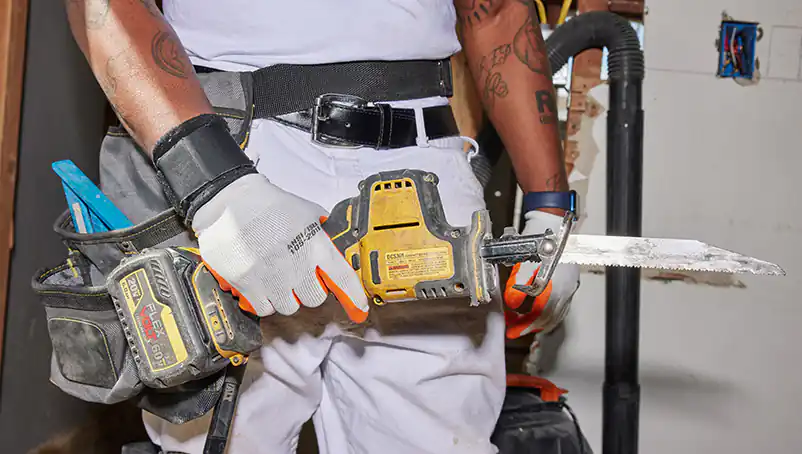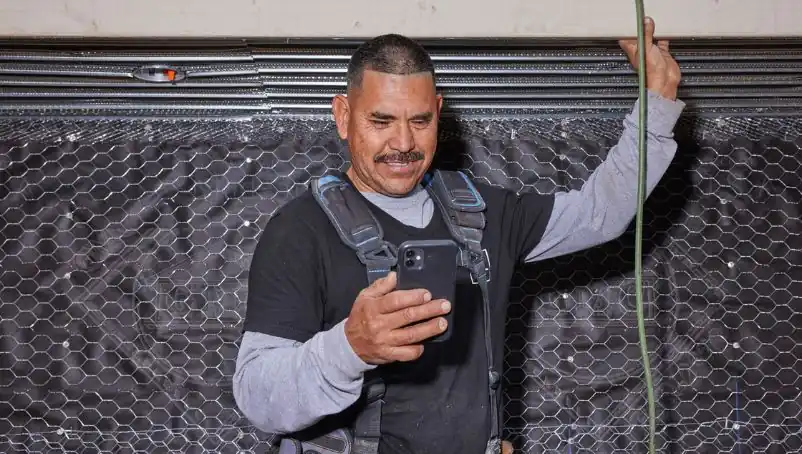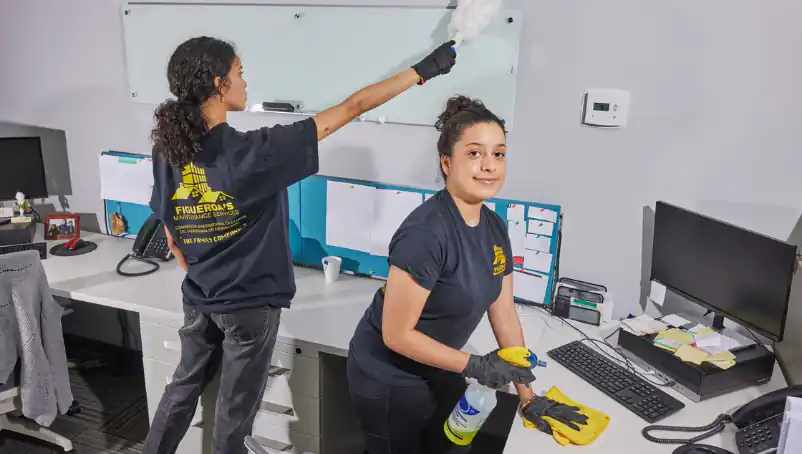Quick and efficient action is key. Here’s what to do to set the foundation for a swift stolen tool recovery:
1. Prepare for stolen tools — before your tools are stolen
If you’re not reading this after you’ve already been the victim of a tool theft, compile an inventory of your entire tool set.
Make a list of what you have, along with the replacement value and the serial number of each item. Keeping receipts, photos, and serial numbers of your tools can increase your chances of recovery of your stolen goods and speed an insurance claim if you ever need to file.
Your insurance adjuster can use these details to streamline a claim. The police can also find it helpful to recover your belongings.
If you don’t have a record of this information already, make a note to document it thoroughly. It can assist in potential future claims.
Purchase business insurance
Something else that can help you prepare for theft is to purchase business insurance. Business insurance can help you replace your gear quickly, reducing your loss. Coverage to consider include:
At NEXT, tools and equipment insurance is an optional add-on to general liability coverage for contractors and cleaners.
2. File a police report
If your tools have already been stolen, document the tool theft with a police report.
Report it promptly to help speed the investigation. Creating an official record of the incident can make it easier for law enforcement to track down your tools. The more details you can provide, the better the chances of your tool recovery.
A police report also provides a formal record for your insurance company.
3. Contact your insurance provider
If you have tools stolen, lost or damaged and you have tool and equipment insurance, the coverage can provide some financial help.
Contact your insurance company to let them know what happened. An insurance agent can also help you file a claim. Your insurer will assign an adjuster to manage the claim.
Talk to your adjuster regularly and often. You may need to submit specific documentation (such as a police report), which can be crucial to your claim.
4. Communicate with clients about potential delays
When your tools are stolen, it affects more than your schedule — it can also impact your clients. Honesty is the best policy when managing client expectations.
Assess how the incident will affect your project timeline and communicate a revised schedule as soon as possible. If you’re unsure, let them know you’ll provide timely updates.
5. Explore tool and equipment replacement
The recovery rate after tool theft varies. It depends on the type of equipment lost, its value and law enforcement resources.
Search for your tools for sale
Check local flea markets and pawn shops, online classifieds like Craigslist or Facebook Marketplace and other popular selling sites. Report it to the authorities if you locate your missing tools.
File a claim with your insurance company
Work closely with your insurance agent to understand what your coverage includes and the process for reimbursement. While filing a claim is never going to be the best part of your job, it’s easier than ever.
For instance, if you’re a NEXT customer, you can file a claim on the spot, starting the claims process ASAP. Using our mobile app, you can use the photos you take with your smartphone to file a claim at the time of the incident. You’ll also get updates on your claim’s status throughout the process.
Rent or borrow tools temporarily
Renting or borrowing tools can be a practical short-term solution to keep your business operational. This approach lets you get back to work quickly while you sort out insurance claims or wait for your tools to be recovered.
If you have tools and equipment insurance coverage, the expense of borrowed or rented tools could also be covered by your policy in the event of theft, loss or damage.
Buy new or used replacement tools
You hate to do it, but it could be the fastest route to getting back to business. New tools come with warranties and the assurance of quality, while used tools can be more cost-effective, especially for high-ticket items.
6. How to prevent tool and equipment theft
Prevention is always better than cure. These tips can help protect your work tool storage and security.
- Use secure storage. Always lock your items in a secure cabinet or locked toolbox. Install a locking cabinet in your work truck or buy secure storage cabinets and carrying bins to keep your equipment safe on a job site, in a building or in a vehicle.
- Change the tool’s appearance. The visual condition is part of a tool’s value. Remove brand name plates and spray paint your gear with bright neon paint to make them less attractive to thieves.
- Add personal identification marks to your tools. Engrave personal information on the tool itself, such as “Harry’s Housekeeping Service” or “Cathy’s Construction.” It lowers the resale value and makes stealing more risky.
- Buy tool and equipment insurance. Tools and equipment coverage can offer some financial protection for tools stolen from your company. Filing a claim can help cover the financial loss of replacing some stolen items.
- Use GPS tracking. For additional security, attach GPS tracking devices to business vehicles and larger, more expensive tools. In the event of theft, you can use a phone app to track its location.
- Train your employees on theft awareness. Educate your team on security best practices to help protect your valuable equipment. Encourage a culture of vigilance to keep an eye on each other’s tools, especially in busy or public work areas.
How NEXT helps protect small business owners
NEXT makes it fast, easy and affordable to protect your small business — and you can do it all online.
We’ll ask a few questions about your business and give you a quote. You can select your coverage options and purchase your policy — all in about 10 minutes. Your certificate of insurance will be available immediately, and you can access your policy 24/7 via the web or mobile app.
If you have questions, our licensed, U.S.-based insurance professionals are available to help.
Start a free quote with NEXT.






